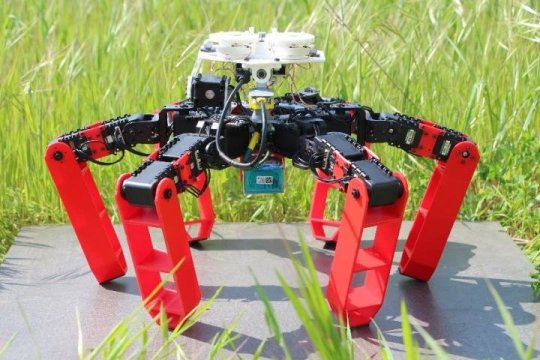Desert ants are uncommon single guides. Specialists were intrigued by these ants as they planned AntBot, a principal strolling robot that can investigate its condition haphazardly and return home naturally, without GPS or mapping.

The optical compass created by the researchers is touchy to the sky’s energized bright radiation. Utilizing this “heavenly compass,” AntBot measures its heading with 0.4° accuracy by clear or overcast climate. The route’s exactness accomplished with moderate sensors demonstrates that bio-motivated mechanical autonomy has a colossal limit in that advancement.
Humans and robots are showing an increasingly close relationship in the modern world, as well as the ability to “help” people of robots. So how does one use machines and AI for a good, ensuring safety for the community? Is there any moral standard for developing and using robots? These are the studies being developed in Layer 2 of the 7-layer AIWS Model by the Michael Dukakis Institute for Leadership and Innovation (MDI).










